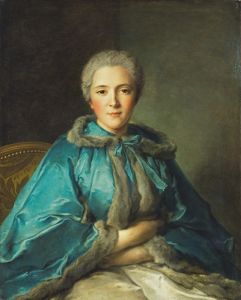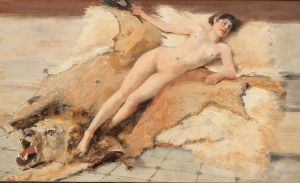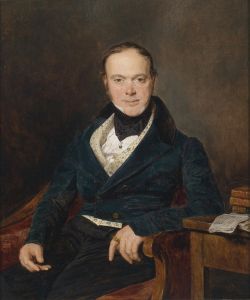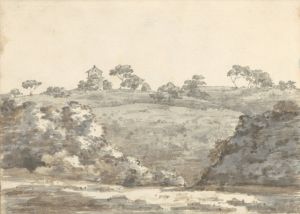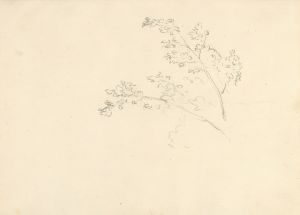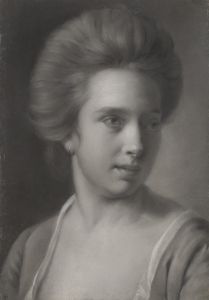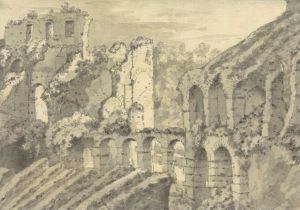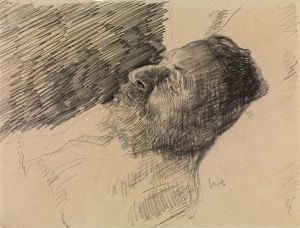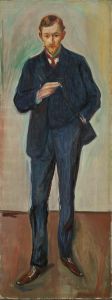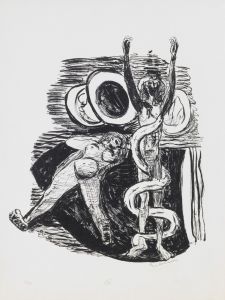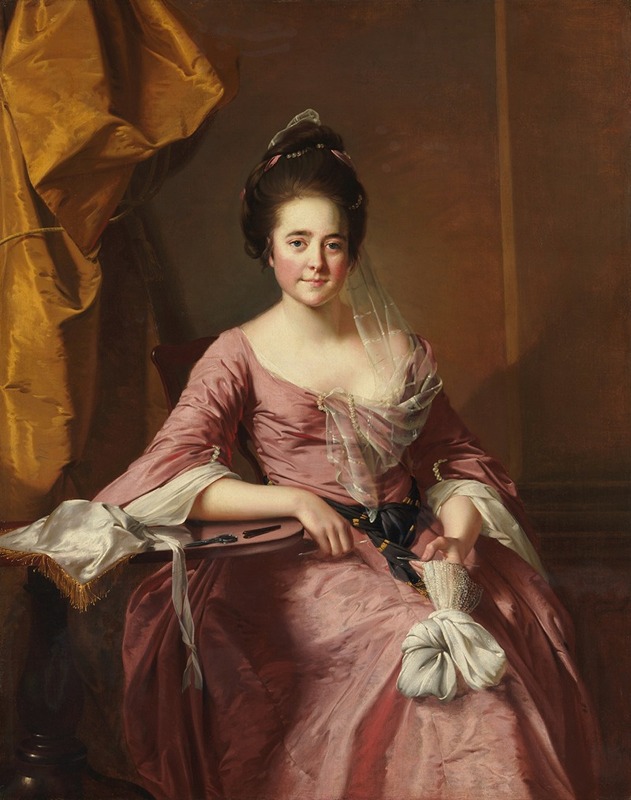
Portrait of a Woman
A hand-painted replica of Joseph Wright of Derby’s masterpiece Portrait of a Woman, meticulously crafted by professional artists to capture the true essence of the original. Each piece is created with museum-quality canvas and rare mineral pigments, carefully painted by experienced artists with delicate brushstrokes and rich, layered colors to perfectly recreate the texture of the original artwork. Unlike machine-printed reproductions, this hand-painted version brings the painting to life, infused with the artist’s emotions and skill in every stroke. Whether for personal collection or home decoration, it instantly elevates the artistic atmosphere of any space.
Joseph Wright of Derby was an 18th-century English painter renowned for his distinctive use of chiaroscuro and his depictions of the Industrial Revolution. Among his works, "Portrait of a Woman" stands as a testament to his skill in portraiture, although specific details about this particular painting are limited.
Joseph Wright was born in Derby, England, in 1734 and became one of the most prominent artists of his time. He was known for his ability to capture the interplay of light and shadow, a technique that was influenced by the Baroque master Caravaggio. Wright's work often depicted scientific subjects and industrial scenes, reflecting the Enlightenment's spirit of inquiry and progress. However, he was also a talented portraitist, capturing the likenesses and personalities of his subjects with great sensitivity.
"Portrait of a Woman" is one of Wright's many portraits, showcasing his ability to convey the character and presence of the sitter. While the identity of the woman in this painting is not definitively known, Wright's portraits often depicted members of the middle and upper classes, including merchants, scientists, and their families. His portraits were highly sought after for their realism and the way they captured the essence of the sitter.
In this painting, Wright employs his characteristic use of light and shadow to create a sense of depth and volume. The woman's face is illuminated, drawing the viewer's attention to her expression and features. Wright's attention to detail is evident in the rendering of the woman's clothing and the texture of her skin, demonstrating his technical proficiency and keen observational skills.
Wright's portraits are notable for their psychological depth, often revealing the inner life of the sitter. Although "Portrait of a Woman" does not have the dramatic lighting of some of his other works, it still reflects his ability to capture the subtleties of human expression. The painting exemplifies Wright's approach to portraiture, which combined a realistic depiction of the subject with an exploration of their character.
Joseph Wright's contribution to art extends beyond his portraits. He was a pioneer in depicting the effects of industrialization and scientific discovery, making him a key figure in the transition from traditional to modern art. His work is celebrated for its innovative use of light and its reflection of the changing world of the 18th century.
While specific information about "Portrait of a Woman" is scarce, the painting remains an important example of Wright's portraiture. It highlights his ability to blend technical skill with an insightful portrayal of his subjects, securing his place as one of the leading artists of his era. Wright's legacy continues to be appreciated for its artistic merit and its reflection of the societal changes of his time.





